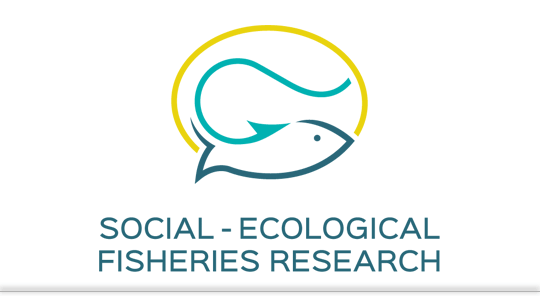Small lakes provide substantial ecosystem services to society, particularly recreational services. These ecosystem services are rarely quantified. It is also unclear whether expectations about desired lake attributes by various user groups and the public at large align. In many landscapes most small lakes artificially originate from sand and gravel mining along highways and close to cities. Using a choice experiment, in samples from north-western Germany we quantified the ecological services provided by these so-called gravel pit lakes and investigated potential conflicts among the preferences of the public and anglers as a specific user group. The same visual choice sets were employed to assess the preferences for different recreational services as well as biodiversity attributes. We also tested whether the presence of anglers at the small gravel pit lakes affected how people from the public valued the services provided by the lakes. Both the public and the anglers valued the presence of endangered fish species and endangered other taxa positively, suggesting that improved conservation of biodiversity would benefit all users. The public and anglers varied in relation to the recreational uses desired at gravel pit lakes. The opportunity to swim was valued positively by the public and negatively by the surveyed anglers. Yet, the presence of anglers did not significantly reduce the value assigned to gravel pit lakes by the public, suggesting the co-existence of anglers and swimmers would be possible. Co-existence could be fostered through establishing separate angling and swimming zones. Our work suggests the presence of local trade-offs in the management of small gravel pit lakes, specifically between swimmers and anglers. However, conservation of endangered species constitutes a common goal that suits the expectations of all.
Ecosystem service trade-offs at small lakes: Preferences of the public and anglers
Peer-reviewed

Meyerhoff, J., Klefoth, T., Arlinghaus, R. 2022. Ecosystem service trade-offs at small lakes: Preferences of the public and anglers. Aquatic Ecosystem Health and Management, 25(3), 1-11.
Published
: 2022
Appeared in
: Aquatic Ecosystem Health and Management, 25(3), 1-11
